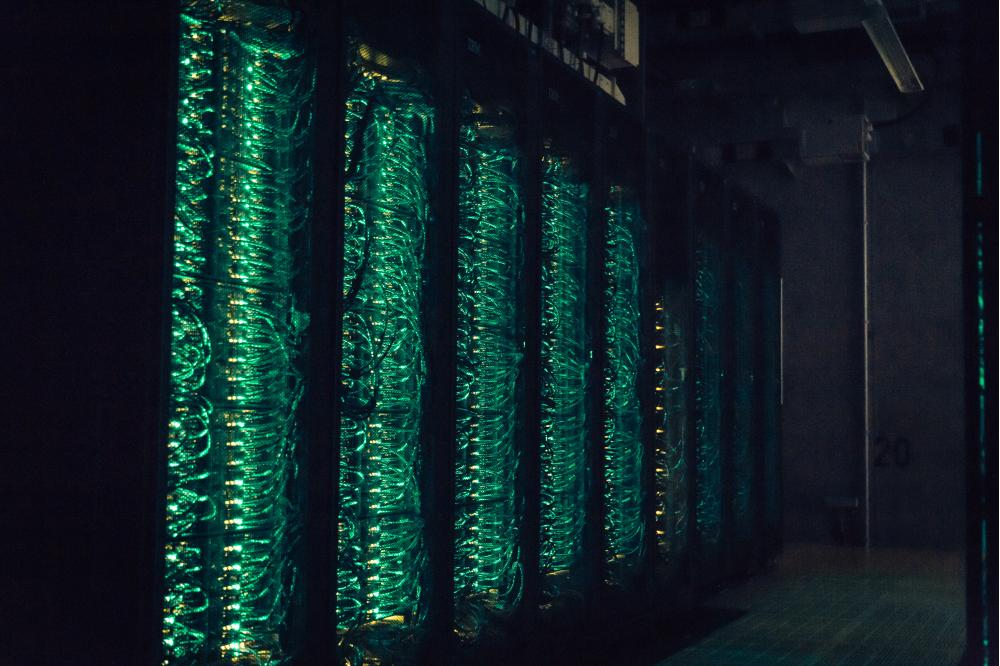Insight into Heterogeneous Catalysis through Simulation on the Atomic Level
Introduction
Industrial chemistry intensively employs chlorine as oxidizing agent in a variety of organic chemical reactions, in order to introduce functional groups into a variety of molecules. Chlorine is required for the production of two thirds of all chemical products. In about 30 % of the products the chlorine is eliminated in the form of HCl during subsequent processing, resulting in chlorine-free chemicals. Although HCl can be used industrially, it cannot be absorbed by the market entirely, resulting in a severe toxic waste problem. [1]
Methods
A solution to this problem has been proposed in 1874 by Henry Deacon. In the Deacon process, HCl is oxidized with oxygen from air over a copper catalyst, resulting in Cl2 and water as a by-product. In practice, the Deacon process suffers, however, from lack of catalyst stability and activity. Instead, the Chloralkali process (electrolysis of a sodium chloride solution) is the industrial standard by which most chlorine is produced nowadays. Unfortunately, electrolysis is very energy consuming, sparking new interest in the more energy efficient Deacon process. There has been a recent breakthrough in catalyst design by Sumitomo Kagaku who proposed a ruthenium dioxide (RuO2) catalyst supported on rutile (TiO2). This new catalyst exhibits excellent stability and activity. [2]
This discovery has initiated a series of research projects, seeking to understand the extraordinary activity and stability of the Sumitomo catalyst under the extremely corrosive conditions. The elementary reaction steps of the HCl oxidation have been elucidated by surface science experiments under ultra high vacuum (UHV) conditions. [1] Surface sensitive experiments that allow for detailed insight into the reaction under industrial conditions are difficult to conduct because of the corrosive atmosphere, so that important aspects of the reaction remain a matter of debate.
With all elementary steps being known, atomistic simulations in the form of lattice-based kinetic Monte Carlo (kMC) simulations are possible. Such simulations allow for the modeling of the catalyst surface over a wide range of reaction conditions, employing only the activation energies of the elementary steps and the adsorption energies of reactants (including interaction energies between each other). For the calculation of the adsorption energies, the commercial density functional theory program package VASP is used. [3] For the determination of the activation energies, a home-brewed implementation of the Growing String Method (GSM) is employed and for the actual kinetic Monte Carlo simulation, a dedicated program was developed. [4]
Results
Our results confirm that RuO2 is indeed a very active catalyst for the oxidation of HCl. Extensive chlorination of the catalyst is also not evident, even at high temperatures and high HCl excess. This finding indicates that RuO2 remains stable and catalytically active, even under harsh reaction conditions, in good agreement with available experimental data. An excess of oxygen in the reactant stream was experimentally found to promote the reaction. Such a promoting effect was also found within the simulations and could be linked to a lower surface chlorination degree under more oxidizing conditions. Interactions between the intermediates seem to govern the reactivity over a broad range of conditions and therefore constitute a very important aspect of the reaction.
Outlook
Lattice-gas kinetic Monte Carlo simulations are a valuable method in heterogeneous catalysis for modeling the surface in order to learn more about the reaction under conditions which are experimentally inaccessible. Especially when experiments are severely complicated by corrosive atmosphere, simulations are invaluable to gain more insight into and a molecular understanding of a surface reaction.




